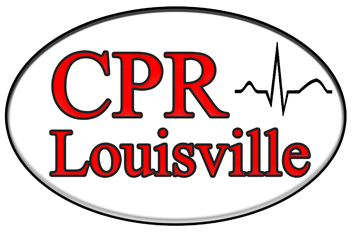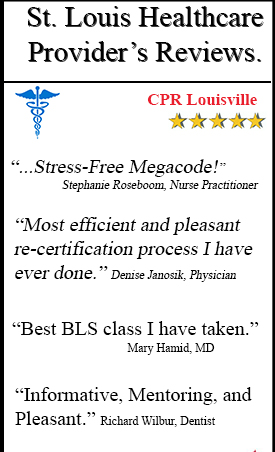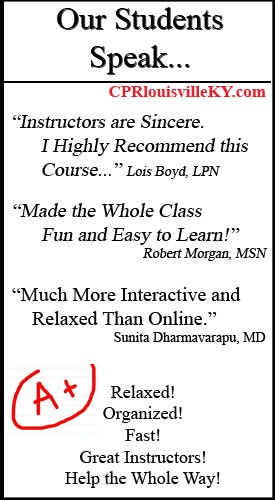Mastering Airway Management
In any emergency, airway management is the first and most critical step in saving a life. Whether you’re a healthcare provider, a first responder, or a concerned citizen, understanding how to maintain and protect a patient’s airway can mean the difference between life and death. Airway emergencies, such as choking, suffocation, or cardiac arrest, require prompt and precise intervention to ensure oxygen continues to flow to vital organs. Mastering effective airway management techniques is essential for anyone who might be able to assist during a crisis.
Airway management is paramount in emergencies because the airway is the conduit through which oxygen enters the body. Any obstruction or failure to maintain a clear airway can quickly lead to hypoxia, brain damage, or even death. Common airway emergencies include choking on food or foreign objects, traumatic injuries that cause airway obstruction, and medical conditions like anaphylaxis or asthma. Each situation presents unique challenges, but the fundamental goal remains the same: to secure an open airway and ensure that the patient can breathe.
Basic Airway Assessment
The first step in managing any airway emergency is a basic airway assessment. Recognizing signs of airway obstruction is crucial, as these can often be subtle but rapidly progressing. Look for symptoms such as difficulty breathing, gasping for air, cyanosis (a bluish tint to the skin), and inability to speak or cough. In more severe cases, the patient may lose consciousness. Along with assessing the airway, it’s also vital to evaluate breathing and circulation. If the patient is not breathing adequately or if circulation is compromised, immediate action is required to restore these critical functions.
Head Tilt-Chin Lift Technique
One of the most common and effective airway opening techniques is the head tilt-chin lift maneuver. This method is particularly useful in cases where the patient is unresponsive, and there is no suspicion of spinal injury. To perform the head tilt-chin lift, first ensure the scene is safe and check for responsiveness. Once you’ve determined that the patient is unresponsive, position yourself beside their head. Place one hand on the forehead and apply gentle pressure to tilt the head back. With your other hand, lift the chin upwards to open the airway. This technique helps to prevent the tongue from blocking the airway, which is a common issue in unconscious patients. It’s important to perform this maneuver with care, avoiding excessive force to prevent injury.
Jaw Thrust Maneuver
In situations where spinal injury is suspected, the jaw thrust maneuver is preferred over the head tilt-chin lift. The jaw thrust technique is designed to open the airway without moving the cervical spine, reducing the risk of exacerbating a potential spinal injury. To perform the jaw thrust, position yourself at the patient’s head and place your fingers behind the angles of the jaw. Lift the jaw forward, ensuring the airway remains open. This maneuver is particularly advantageous in trauma patients where maintaining spinal alignment is critical.
Recovery Position
Another essential technique in airway management is the recovery position, which is used to protect the airway in an unconscious but breathing patient. The recovery position involves rolling the patient onto their side, with their head tilted back and their chin lifted to keep the airway open. This position also helps to prevent aspiration if the patient vomits. To place someone in the recovery position, kneel beside the patient, extend their arm nearest to you above their head, and gently roll them onto their side. Adjust the head and chin to ensure a clear airway, and monitor the patient closely for any changes in their condition.
Heimlich Maneuver (Abdominal Thrusts)
Choking is another common emergency that requires immediate intervention. The Heimlich maneuver, or abdominal thrusts, is the standard technique used to relieve airway obstruction caused by choking. Recognizing choking is the first step—look for signs such as inability to speak, coughing, or visible distress. To perform the Heimlich maneuver on an adult or child, stand behind the patient, wrap your arms around their waist, and make a fist just above their navel. Deliver quick, upward thrusts until the object is expelled from the airway. In cases where you’re alone and choking, you can perform the self-Heimlich maneuver by thrusting your abdomen against a firm surface, like the back of a chair.
Advanced Airway Techniques for Healthcare Providers
For healthcare providers, more advanced airway management techniques may be necessary. Bag-valve-mask (BVM) ventilation is a method used to provide positive pressure ventilation to patients who are not breathing adequately on their own. This technique requires effective training and practice, as it involves coordinating chest compressions and ventilation to ensure the patient receives sufficient oxygen. Endotracheal intubation and supraglottic airway devices are other advanced methods used by medical professionals to secure the airway in critical situations. These procedures are typically reserved for situations where basic airway management techniques are insufficient, and they require specialized training to perform safely.
The Importance of Proper Training
Proper training is crucial for anyone who may need to manage an airway in an emergency. Hands-on practice is the best way to develop the muscle memory necessary to perform these techniques effectively under pressure. Regular training and recertification are also important, as guidelines and best practices can evolve. Staying updated with the latest protocols ensures that you’re prepared to respond to emergencies with the most current and effective techniques.
Where to Get Certified: CPR Louisville
For those seeking certification in airway management techniques, CPR Louisville offers a range of courses accredited by the American Heart Association. CPR Louisville provides initial certifications and renewals in Basic Life Support (BLS), Advanced Cardiovascular Life Support (ACLS), Pediatric Advanced Life Support (PALS), and CPR and First Aid. These courses are designed to be stress-free and hands-on, ensuring that participants gain both the knowledge and the practical skills needed to manage airway emergencies effectively. The training environment is supportive and focused on building confidence, making CPR Louisville an excellent choice for both healthcare providers and the general public.
Conclusion
In conclusion, mastering effective emergency airway techniques is crucial for healthcare providers and first responders when facing critical situations. The ability to quickly and accurately assess and manage airway emergencies can mean the difference between life and death. By staying up-to-date with the latest protocols and practicing these skills regularly, medical professionals can ensure they’re prepared to respond confidently and competently in times of crisis.
Don’t wait for an emergency to strike – take action now to enhance your life-saving skills. If you’re in the Louisville area, consider enrolling in CPR certification courses offered by CPR Louisville. As an American Heart Association training site, CPR Louisville provides top-notch, stress-free, and hands-on training in various essential certifications, including BLS for Healthcare Providers, ACLS, PALS, and CPR and First Aid.
Whether you’re seeking initial certification or need to renew your existing credentials, CPR Louisville offers the best CPR certification in Louisville. Their expert instructors will guide you through the latest techniques and protocols, ensuring you’re well-equipped to handle emergencies with confidence.






